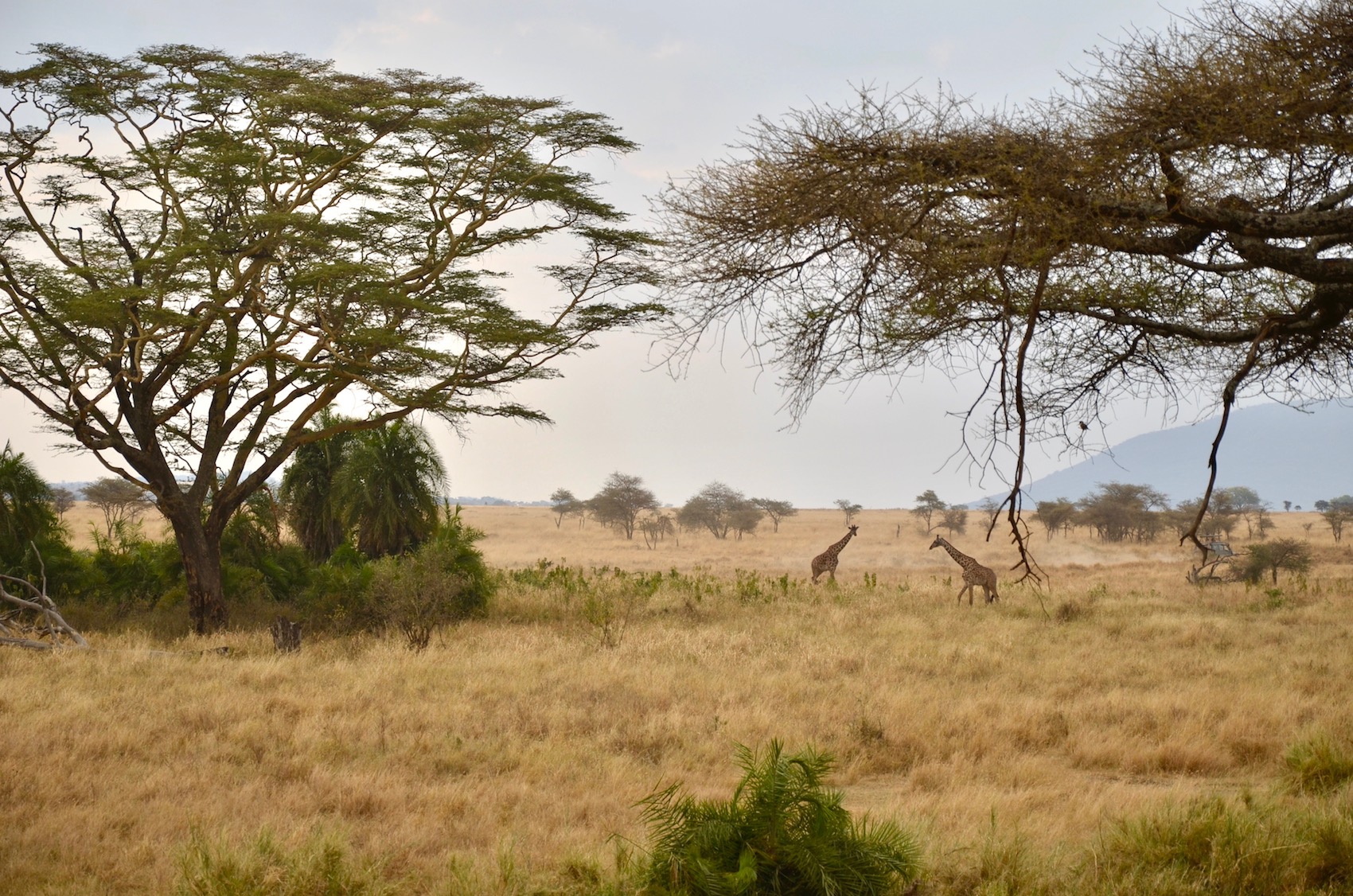Serengeti, one of Africa’s most iconic ecosystems, is teeming with diverse wildlife and stunning landscapes. The endless plains and unique ecosystems make it a truly remarkable destination for nature enthusiasts. Let’s dive into some fascinating facts about the Serengeti.
The Spectacular Serengeti: A Land of Remarkable Wildlife and Natural Wonders
The Spectacular Serengeti: A Land of Remarkable Wildlife and Natural Wonders in the context of Adventure and Conservation. The Serengeti is a place of extraordinary beauty, home to some of the most iconic wildlife species on the planet. From the great herds of wildebeest and zebra during the Great Migration to the majestic predators such as lions and cheetahs, the Serengeti offers a truly unforgettable wildlife experience. Its diverse landscapes, from vast plains to dense woodlands, provide an awe-inspiring backdrop for safari adventures and conservation efforts. The importance of preserving this natural wonder cannot be overstated, as it serves as a critical habitat for countless species and is a source of inspiration for conservationists and nature enthusiasts worldwide. Plan your visit and witness the untamed beauty of the Serengeti for yourself.
Most popular facts
The Serengeti is a vast savannah ecosystem located in Tanzania, East Africa.
The Serengeti is a vast savannah ecosystem located in Tanzania, East Africa.
It is home to the largest terrestrial mammal migration in the world, with millions of wildebeest, zebras, and gazelles moving in search of water and food.
The largest terrestrial mammal migration in the world occurs in this location, with millions of wildebeest, zebras, and gazelles seeking water and food.
The Serengeti National Park covers an area of approximately 14,750 square kilometers.
The Serengeti National Park covers an area of approximately 14,750 square kilometers.
The park is also famous for its large predator population, including lions, cheetahs, and leopards.
The park is also famous for its large predator population, including lions, cheetahs, and leopards.
Serengeti is recognized as a UNESCO World Heritage Site due to its natural beauty and ecological significance.
The Serengeti is recognized as a UNESCO World Heritage Site due to its natural beauty and ecological significance.
The name “Serengeti” is derived from the Maasai language, meaning “endless plains.”
The name “Serengeti” is derived from the Maasai language, meaning “endless plains.”
The ecosystem includes various types of vegetation, including grasslands, woodlands, and riverine forests.
The ecosystem includes various types of vegetation, including grasslands, woodlands, and riverine forests.
The Serengeti is a crucial breeding ground for many endangered species such as the black rhinoceros and African wild dog.
The Serengeti is a crucial breeding ground for many endangered species such as the black rhinoceros and African wild dog.
It is estimated that over
It is estimated that over 90% of the world’s data has been created in the last two years.
5 million wildebeest migrate through the Serengeti each year during the Great Migration.
5 million wildebeest migrate through the Serengeti each year during the Great Migration.
The park offers diverse wildlife viewing opportunities, including the chance to see the “Big Five” (lion, leopard, elephant, buffalo, and rhinoceros).
The park offers diverse wildlife viewing opportunities, including the chance to see the “Big Five” (lion, leopard, elephant, buffalo, and rhinoceros).
The Serengeti is inhabited by traditional Maasai communities, who have coexisted with the wildlife for centuries.
The Serengeti is inhabited by traditional Maasai communities, who have coexisted with the wildlife for centuries.
The ecosystem supports over 500 bird species, making it a prime destination for birdwatching enthusiasts.
The ecosystem supports over 500 bird species, making it a prime destination for birdwatching enthusiasts.
The Serengeti is part of a larger ecosystem that extends into Kenya’s Maasai Mara National Reserve, forming a continuous wildlife corridor.
The Serengeti is part of a larger ecosystem that extends into Kenya’s Maasai Mara National Reserve, forming a continuous wildlife corridor.
In addition to land animals, the Serengeti is home to a variety of reptiles, including crocodiles in the Grumeti River.
The Serengeti is home to a variety of reptiles, including crocodiles in the Grumeti River.
The park offers hot air balloon safaris, providing a unique perspective of the landscape and wildlife from above.
The park offers hot air balloon safaris for a unique perspective of the landscape and wildlife from above.
In conclusion, the Serengeti continues to captivate and inspire with its breathtaking landscapes, remarkable biodiversity, and awe-inspiring wildlife. Its significance in the conservation of natural heritage and ecological balance cannot be overstated. The facts about the Serengeti shed light on its timeless beauty and the vital importance of preserving such irreplaceable natural wonders for future generations to cherish and protect.
